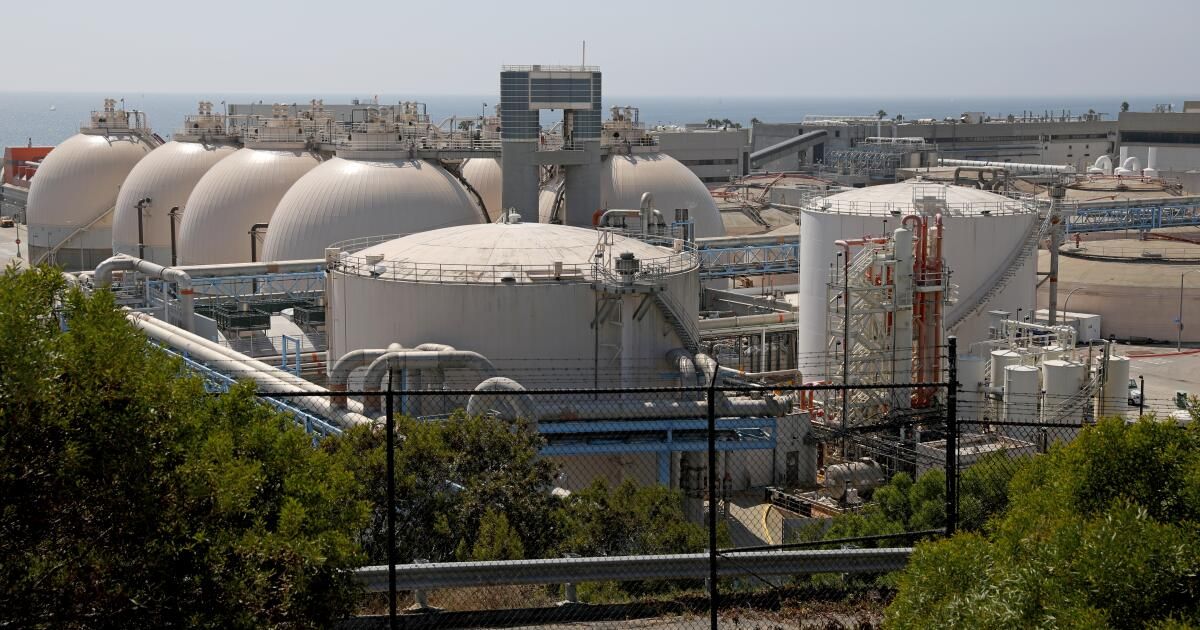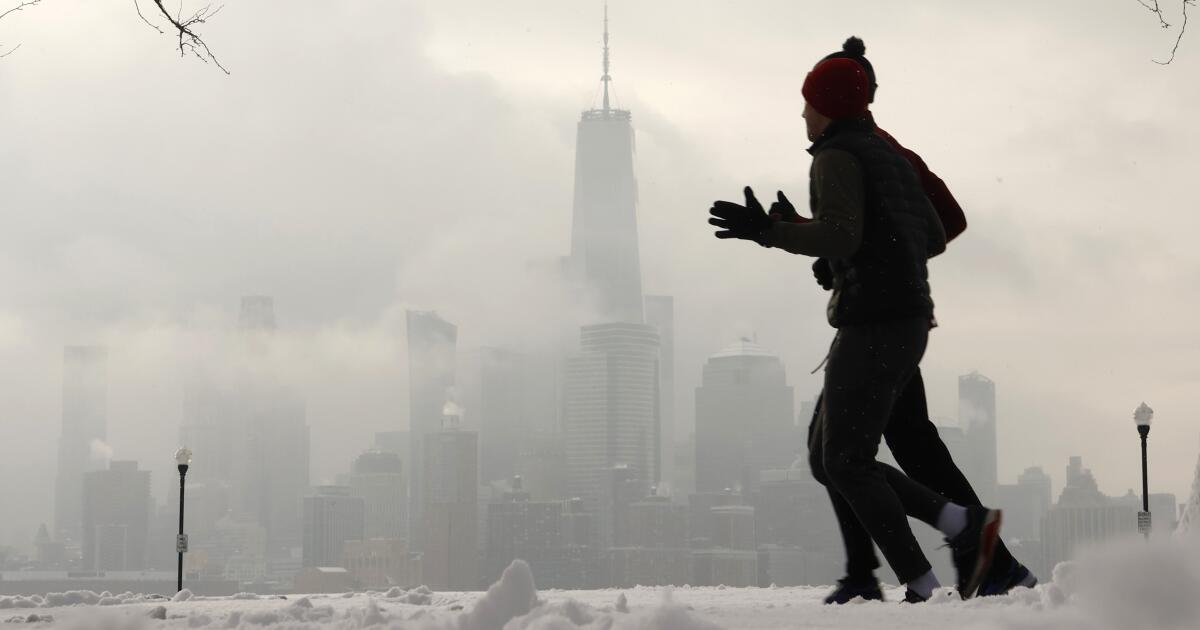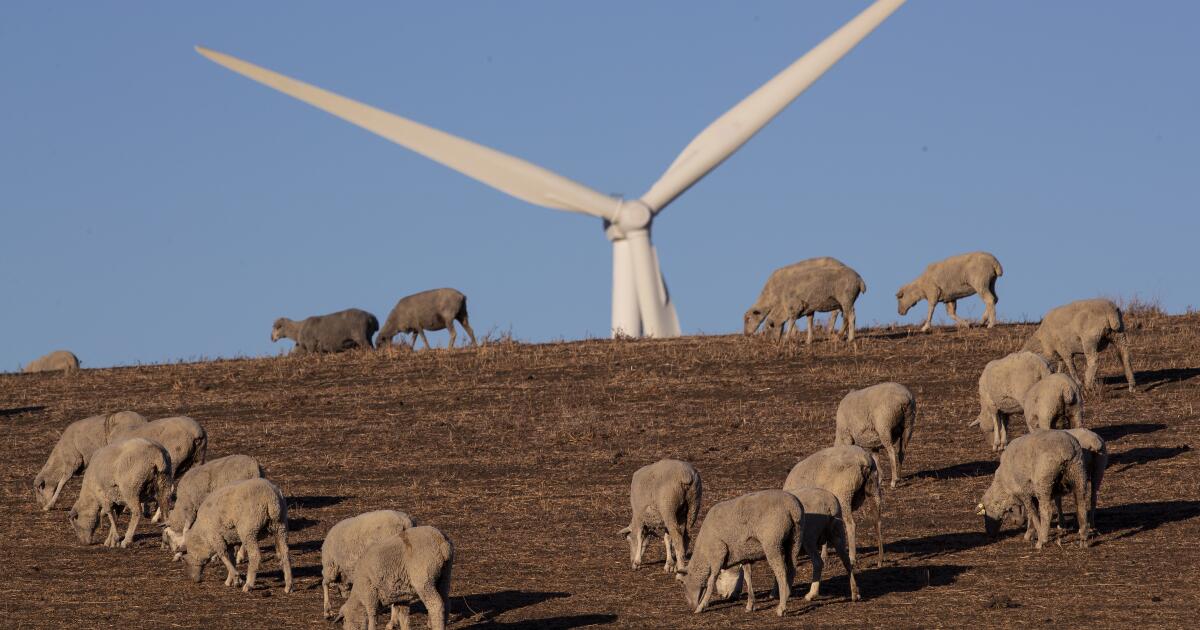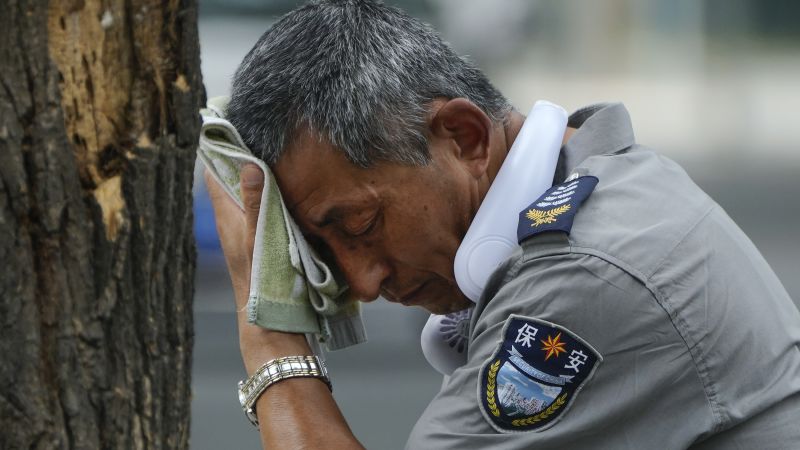Three years after a massive spill at a Los Angeles wastewater plant sent millions of gallons of sewage into Santa Monica Bay, the city has agreed to spend more than $20 million on improvements to remedy the environmental mistake, according to a deal with federal prosecutors announced Tuesday.
The settlement comes after an investigation by the U.S. Environmental Protection Agency and federal prosecutors into the 2021 spill at the Hyperion Water Reclamation Plant in Playa del Rey, the city’s largest wastewater treatment facility.
Federal prosecutors allege that the sewage spill “was the result of the City of Los Angeles' failure to adequately staff Hyperion, train its employees on Hyperion, and/or maintain Hyperion equipment,” though the agreement notes that the city does not acknowledge these points.
But given the city's compliance with the new agreement, the U.S. attorney's office for the Central District of California will not file a lawsuit over potential violations of the Clean Water Act and other federal laws.
“Environmental issues are incredibly important to us in Southern California… We love our beaches and we want to keep our oceans clean,” said E. Martin Estrada, U.S. Attorney for the Central District of California. “That’s why it was very important for me and my office to address this issue.” [the sewage spill] and put real effort into remediation, to do everything we can to make sure that this doesn't happen again.”
He said prosecutors could have sought a fine from the city, but instead wanted to see “that money reinvested in the community.”
As part of the settlement, the city agreed to spend at least $20 million on a range of repairs at Hyperion, many of which Los Angeles officials say are underway, including upgrading its monitoring systems and overflow channels, updating emergency operations, maintaining staffing and employee training, and improving the facility’s resilience to extreme weather in the face of climate change.
Heavy winter rains have overflowed sewer pipes across Los Angeles and are posing increasing challenges to the region's water infrastructure as extreme weather events have become more frequent in the warming atmosphere.
These changes were ordered by the EPA in March, but it was initially unclear how much the city would spend on the improvements.
The new agreement also calls for several additional steps to be taken, including annual third-party audits of Hyperion, more water testing sites in Santa Monica Bay, plans for more frequent testing for bacteria in the ocean, and an outreach project intended to benefit communities directly affected by Hyperion’s operations. The community outreach project calls for improved emergency communication and educational programming for residents. The new requirements are estimated to cost the city $800,000, according to the agreement.
Ivor Pine, a spokesman for the Los Angeles City Attorney, said officials are committed to “completing more than $20 million in planned capital improvements at the plant while also expanding the city's existing robust water quality testing program and creating a new community outreach services program.”
“The City of Los Angeles is committed to ensuring our water is safe and clean for all Angelenos and our marine wildlife,” Pine said in a statement. “The City has worked cooperatively and diligently with state and federal partners to address the incident and any resulting regulatory investigation.”
Hyperion facilities serve more than 4 million people in Los Angeles, Santa Monica, Culver City, West Hollywood and several other nearby cities.
In July 2021, the plant’s screens that filter waste and other large solids from wastewater became clogged and stopped working, overloading the facility’s system, according to the EPA and federal prosecutors. Raw sewage overflowed, flooding part of the plant and then entering a drainage system that carried it about a mile out to sea. The spill discharged about 12.5 million gallons of raw sewage into Santa Monica Bay.
Federal prosecutors said testing and monitoring of water around the spill found “exceedances of applicable water quality standards for the entire coliform bacteria, E. coliand Enterococcus”, the latter being another type of bacteria that can contaminate waterways.
Initial reports estimated the spill discharged 17 million gallons into the ocean, but the EPA review found that about 4.5 million gallons of wastewater that nearly reached the ocean was pumped back to the facility for treatment.
In 2021, city officials determined that the spill was exacerbated by delays in public notifications, including to nearby emergency services and beachgoers. Dockweiler and El Segundo beaches were closed after the spill and remained closed for a few days until water quality was confirmed safe.












